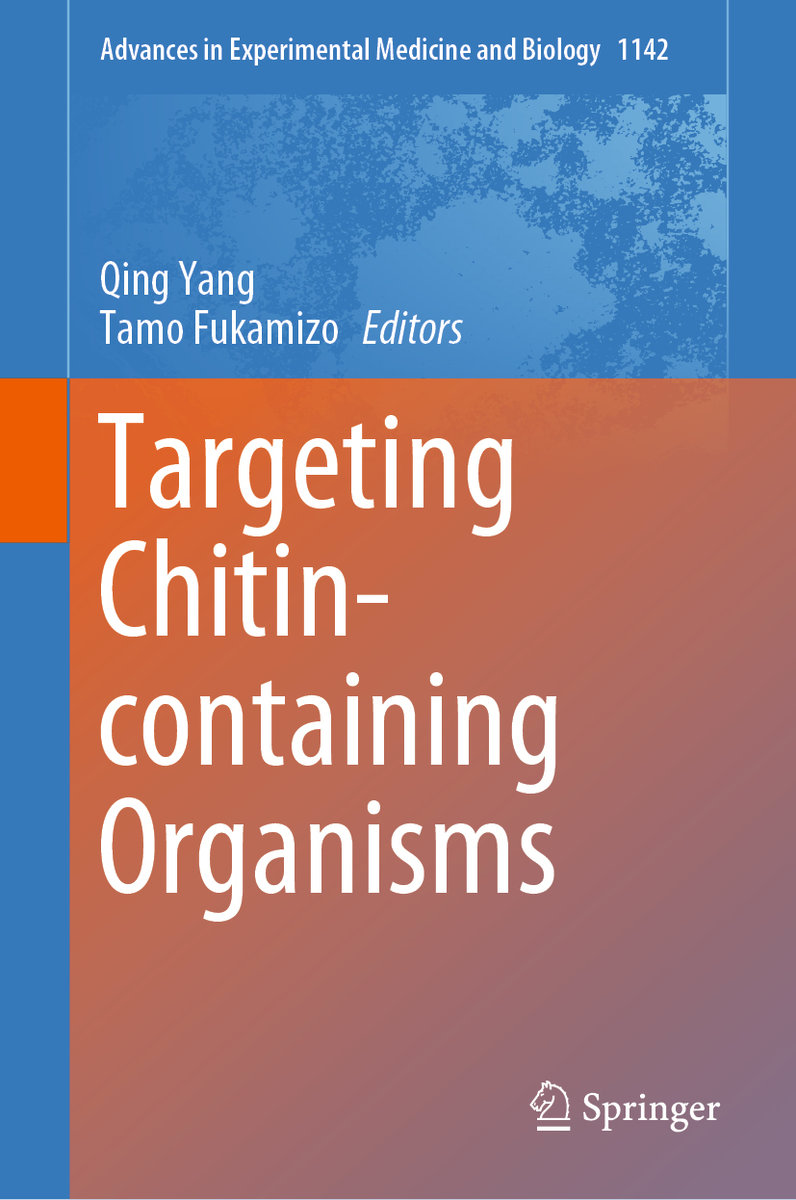This book provides a comprehensive overview of chitin biology and chitin metabolism related enzymes. Chitin, the second most abundant biopolymer in nature after to cellulose, is a linear biopolymer composed of beta-1,4-linked N-acetylglucosamine (GlcNAc), and an essential component in the exoskeletons of insects, mites, ticks and crustaceans, the egg shells of parasitic nematodes, and fungal cell walls. Although some chitin-containing organisms are a threat to human health, food safety and agricultural production, non-chitin containing organisms like humans, mammals and plants have an innate immune response to these hazardous organisms. The book provides researchers and students with information on the recent research advances concerning the biology of chitin-containing organisms as well as cross-talks between chitin-containing and non-chitin-containing organisms. Highlighting chitin remodeling enzymes and inhibitors, it also offers drug developers essentialinsights into designing specific molecules for the control of hazardous chitin-containing organisms.


